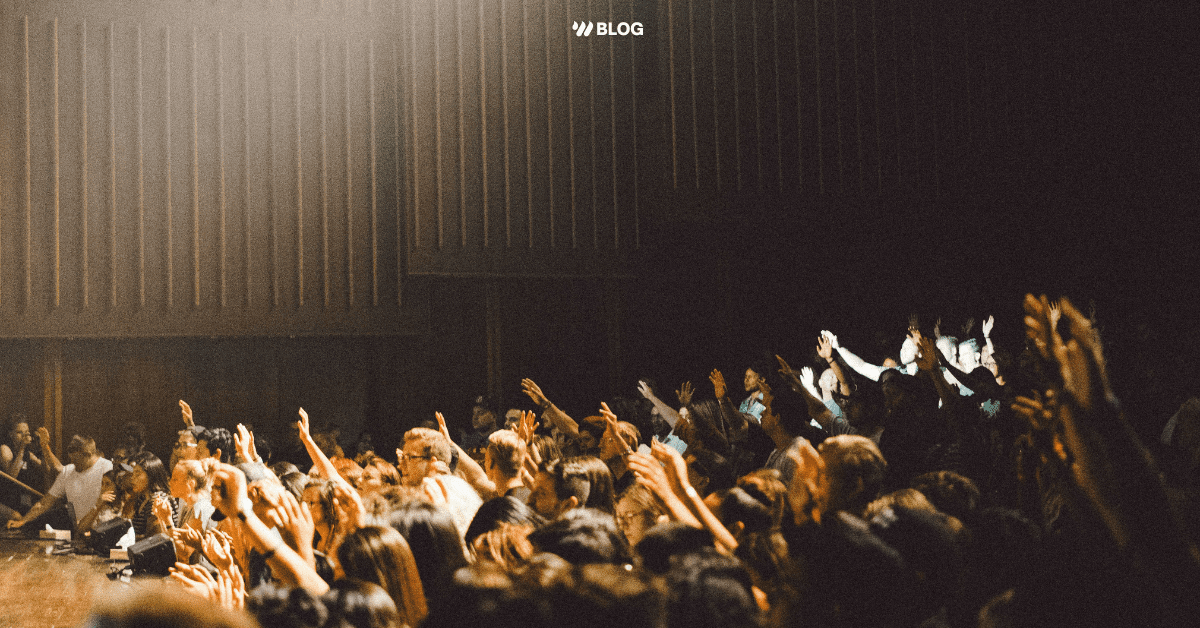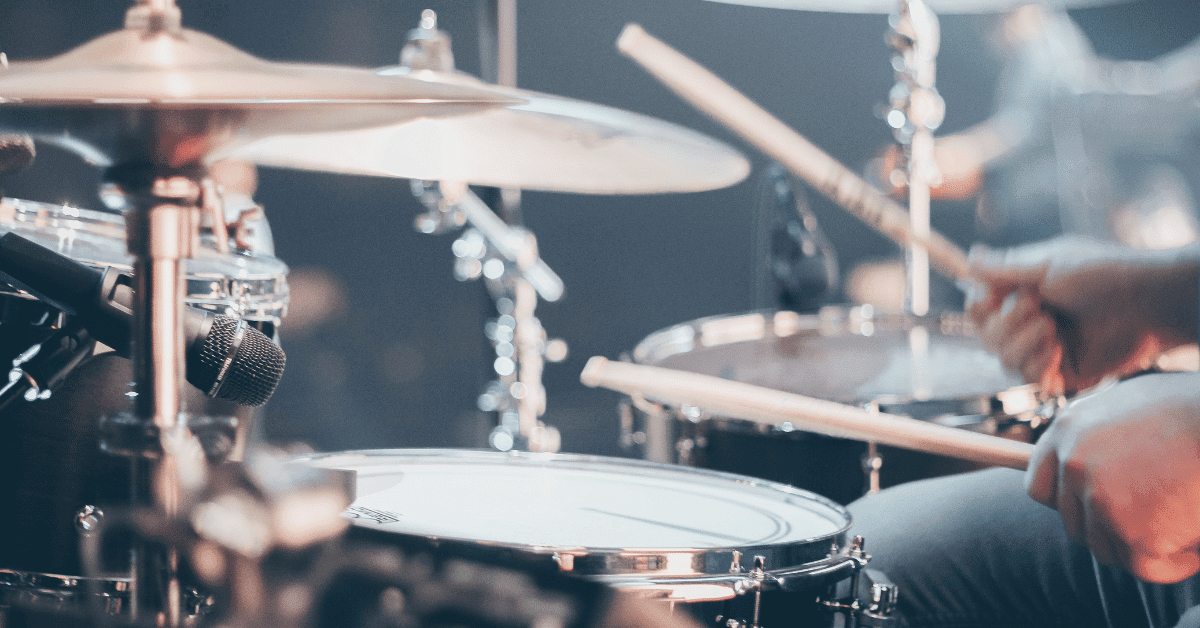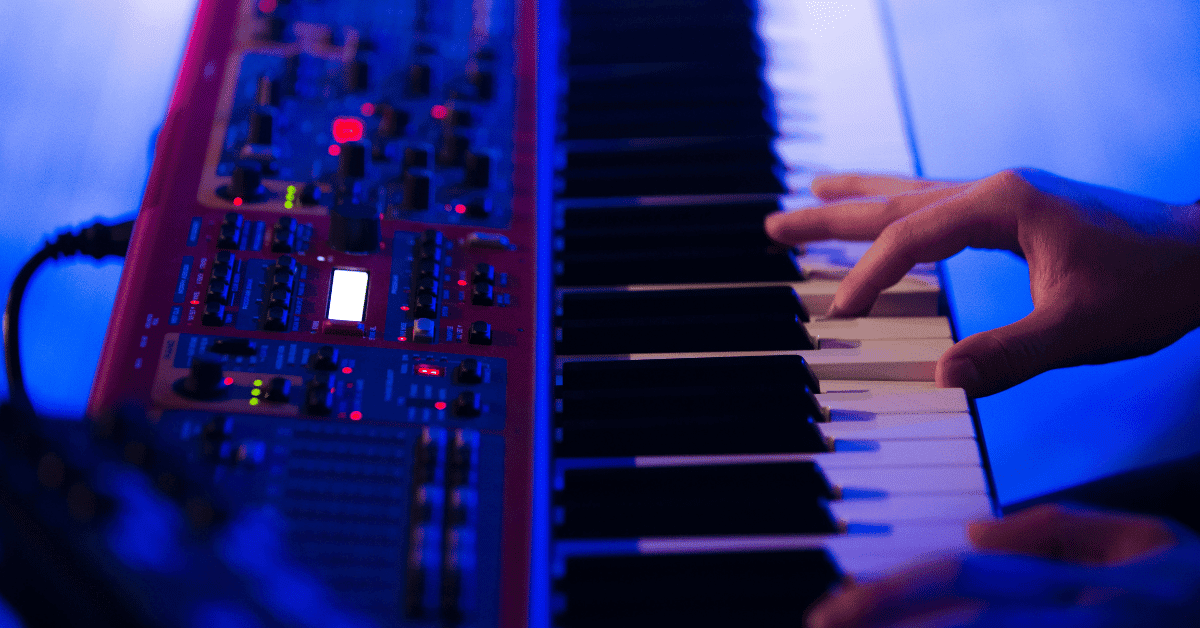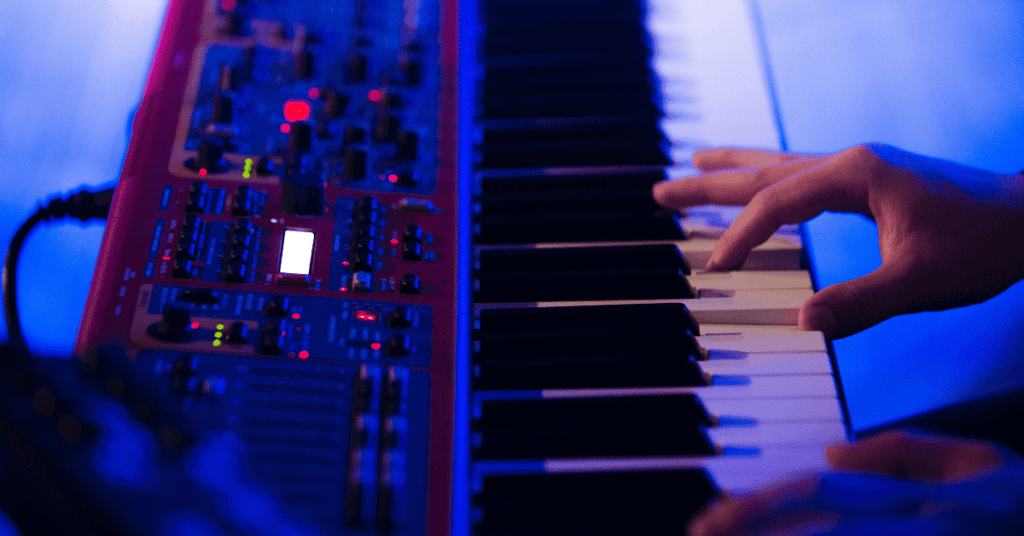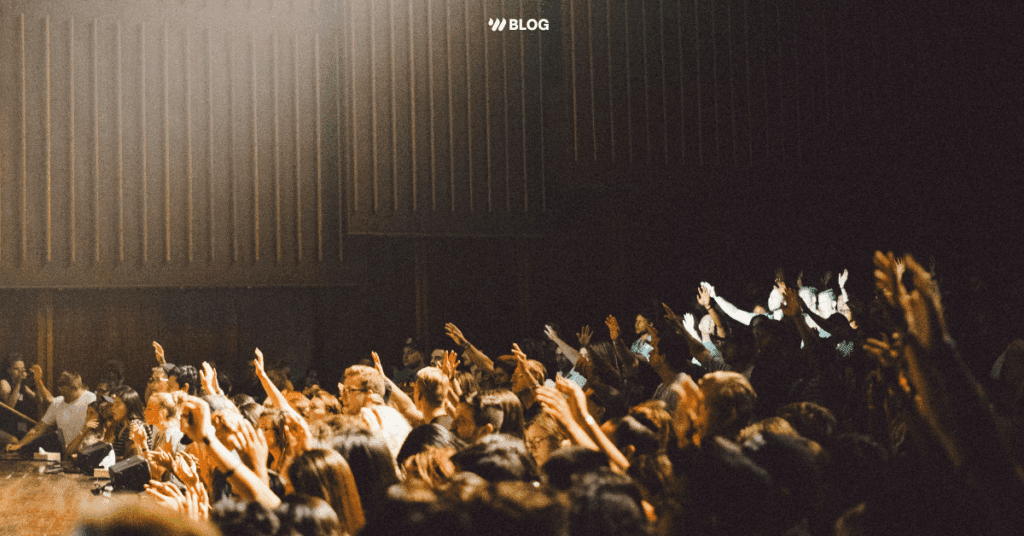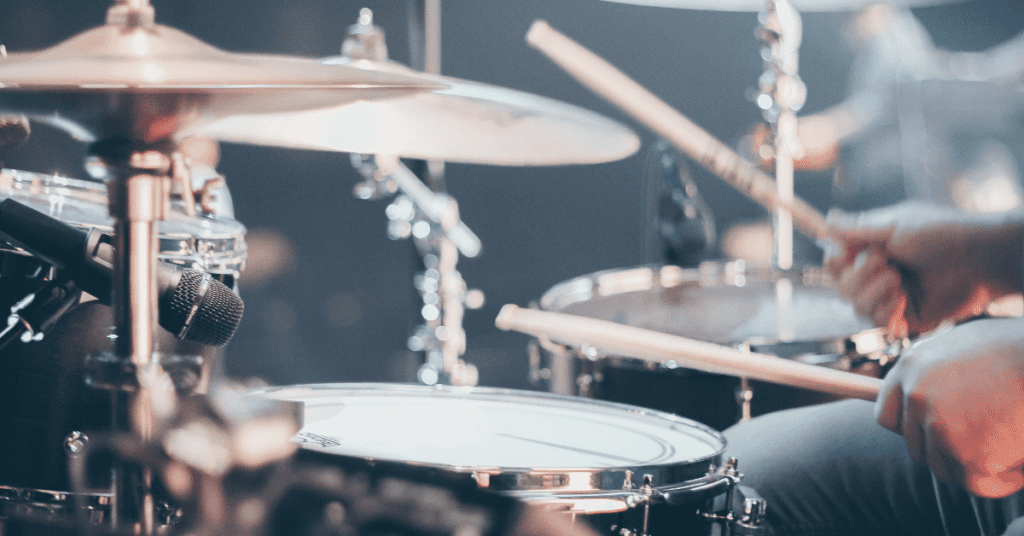Very few genres are built upon ethereal sounds like modern Worship. Nearly every instrument in the mix is tweaked to sound as large as possible.
With all of the gated reverbs on drums, never-ending shimmer pads from keys players, and countless recorded tracks playing from a computer, how do we best sit in the mix as guitarists? We love using delays and reverbs, but is there a point where it’s too much?
Is your guitar tone too wet?
Asking the RIGHT Questions
Are you tracking for a record or playing live? Are you the only guitarist, or are there 3 on stage? Is it being live-streamed? What does your front-of-house engineer want? What kind of venue are you playing in? Are you playing a rhythmic or melodic part? What do you want?
These are all great questions you should be asking when choosing effects. I have many different presets for wet effects and change what I use based on the answers.
For instance, I have played with many FOH engineers who encourage me to use less wet effects, especially if we’re in an arena. They typically approach mixing from a traditional standpoint, use very few plugins or tools, and want every sound to sit in a “pocket”.
Other engineers actually encourage me to use more because it allows my signal to be wider and sit around the vocal. This allows them to turn up my guitar as it’s not as in-your-face as a dry signal. I have found that these types of people are also musicians and produce music in the studio as well. They approach mixing more like making a record.
Understanding Mix Positioning
Similar to panning and running stereo vs. mono, wet effects position sounds in the foreground or background as well as to the center or sides. The more you use it, the more your guitar will sit in the back. The drier a sound is, the more it calls attention to itself. In most mixes, especially worship, vocals are close to the foreground, and people don’t usually want other melodic instruments to compete with them.
Guitars are melodic and rhythmic. The way I see it, when doing melodic lead-type parts, it’s better to sit behind the vocal’s melody than not. With rhythm, it’s a bit of the opposite. There are fewer conflicting frequencies with the vocal because it’s usually in a different register. The rhythm takes on more of a meat and potatoes role and benefits from being drier.
The more wet a signal is, the fewer transients or “bite” comes through, and it becomes more pad-like. Sometimes that’s nice, like when playing diamonds. However, for consistent rhythm playing, it can get a bit too washy and muddy.
Respecting the Venue and Sound System
There is something to be said about dialing things back a bit if you’re playing in a big venue like a massive stadium. Our FOH engineer, who loves using extra wet effects on my guitar, didn’t use any on anything at Passion because the natural room reverb was so long. There’s a chance that my guitar sounded a bit washy at times, but I would say that also depends on where you’re sitting. When standing close to the stage/PA, it was actually clearer than many small venues/churches I’ve been in.
Sound system quality and engineer’s choices also greatly affect your audibility. You can have the best room, but if the PA is terrible or the FOH engineer simply doesn’t turn you up, nothing you do really matters.
There are also certain contexts where I also know thousands of people will be hearing me play on Livestream and I play to them because I know the room is subpar. In that kind of live setting, I’m just filling a midrange hole that the mix needs to feel good rather than trying to be distinctly heard.
Defining Your Sound
Regardless of the practicality, logic, and science behind your tonal choices, you must ask yourself if it sounds good. You can boost 3 kHz on the guitar by 10 dB to make it cut through a mix, but that doesn’t mean it’s a good decision for your tone.
If it inspires you, then most times, that’s the route to go. The difference between 35% and 40% wet isn’t going to be as important to the mix as to how you perform when inspired and confident.
Every pro guitarist in the industry does things a little bit differently. I change wet effects constantly. Some players keep the same delay and reverb-setting for the whole song. I love using reverb more than delay. Others barely touch reverb and blend multiple delays to wash things out.
You can’t please everyone.
Your guitar will sound different to every person in the room because of where they are sitting. Some people will like your tone, while others will not. At some point, you just have to do what you want and define your own sound.
The one thing you need to be careful of, especially as a less-experienced player, is using wet effects to make up for your playing. I tended to go this route when I was younger as I was less confident in myself. There’s nothing wrong with using lots of effects; it should just be intentional and for a purpose. Practice your playing so that you have confidence in any scenario with any tone.
How do you approach dialing in your wet effects and working with your sound engineer? Let us know in the comments below!
Check out these similar posts!
- Worship Guitar Tone Master Class VIDEO SERIES
- The Most Surprising Guitar Secret for Sounding Massive
- Overdrive Pedals: Finding Your Tone
- Bass Rig Setup & Building an Affordable Pedalboard with Tom Furby (Hillsong Y&F)
- How to Build Creative Guitar Sounds for Worship

